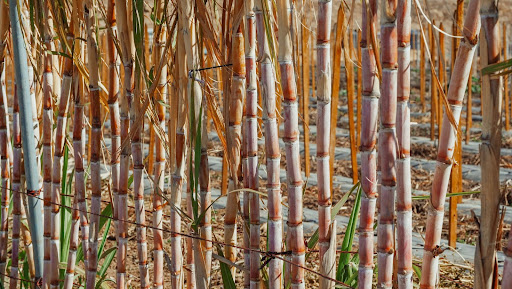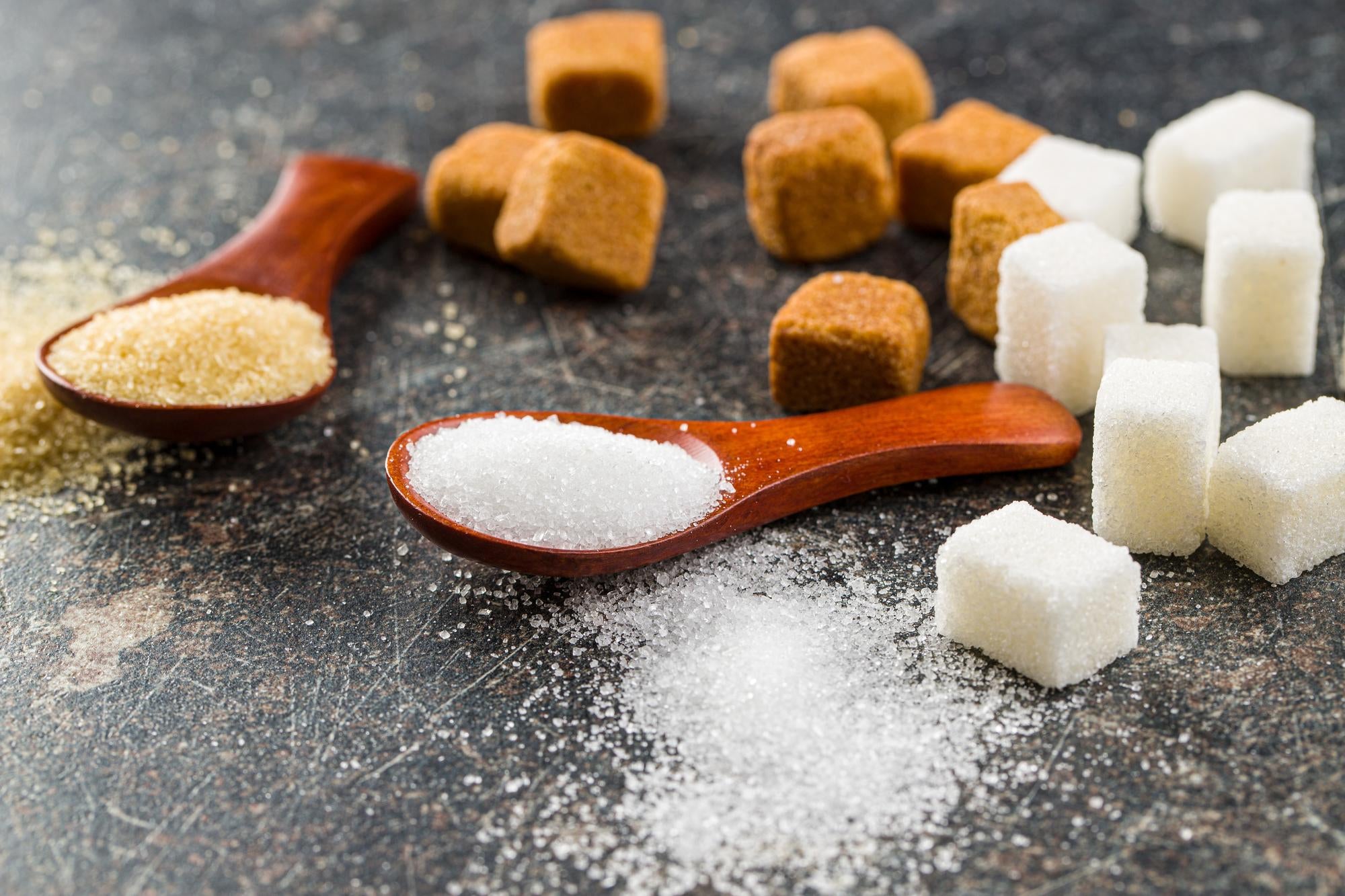The difference between beet sugar vs cane sugar extends beyond taste to how they are grown.
The difference between beet sugar vs cane sugar extends beyond taste to how they are grown.
Blog Article
Exploring the Distinctions being used and Advantages Between Beet Sugar Vs Cane Sugar
In the culinary globe, the option in between beet sugar and cane sugar is not just regarding sweetness but includes a nuanced factor to consider of taste, application, and effect. While both sugars stem from various plants, each undertakes one-of-a-kind production processes that subtly influence their features and viability for various dishes.
Beginnings and Production Processes of Beet and Cane Sugar

Walking cane sugar, on the various other hand, comes from the sugarcane plant, an exotic yard native to Southeast Asia but currently cultivated in tropical zones worldwide - beet sugar vs cane sugar. The manufacturing of cane sugar begins with the harvesting of cane stalks, which are crushed to release the juice.

Nutritional Material and Wellness Considerations

When comparing the dietary content of beet sugar and cane sugar, it comes to be obvious that both kinds basically provide the exact same calorie values, with around 16 calories per tsp and no significant nutrient variety. Both sugars, when eaten in excess, can add to elevated blood sugar degrees, a threat element for diabetic issues and various other metabolic conditions. From a health and wellness point of view, moderating consumption of any type of type of sugar, whether from beet or cane, is a good idea to stay clear of these potential unfavorable effects on health.
Flavor Accounts and Culinary Applications
In spite of their similar chemical structures, beet sugar and cane sugar differ subtly in taste, which can affect their usage in various culinary contexts. Cane sugar commonly brings a tip of molasses, even in its refined type, offering a cozy, caramel-like touch that enhances baked items, coffee, and chocolate-based dishes. This small molasses taste is specifically valued in the cooking industry for including depth to desserts and pastries. On the other hand, beet sugar is characterized by its highly refined, neutral taste, making it a functional sugar that does not alter the flavor profiles of dishes. This neutrality is especially helpful in delicate dishes, such as light pastries, creams, and some sauces, where the inherent flavors of various other components are planned to stick out. Subsequently, cooks and food manufacturers could pick one kind of sugar over the various other based on the wanted taste end result of their culinary developments.
Ecological Impact and Sustainability
While both beet and cane sugars are stemmed from plants, their ecological effects vary significantly as a result of the unique approaches of growing and processing required for every. Sugar beet farming typically involves Recommended Reading comprehensive automation, which can enhance nonrenewable fuel source intake and carbon emissions. Beetroots can be expanded in cooler climates and require much less irrigation, possibly lowering water usage compared to sugarcane. Sugarcane, on the other hand, is commonly grown in exotic regions where it relies heavily on watering and a longer growing period, increasing its water footprint.
Furthermore, the handling of sugarcane often produces a significant quantity of waste, including bagasse, which, although usable as biofuel, regularly adds to air pollution if burned inefficiently. Sugar beet handling utilizes even more of the raw materials, causing less waste. Both industries face challenges in Going Here lowering their environmental impacts, however ongoing developments in agricultural methods and waste monitoring are aiming to enhance sustainability.
Economic Aspects Affecting the Sugar Industry
The financial dynamics of the sugar sector are considerably influenced by international market needs and trade plans. Factors such as tariffs, subsidies, and international trade contracts play critical functions in forming the competitive landscape. In areas where sugarcane or sugar beet manufacturing is subsidized, producers might have a financial benefit that enables them to supply lower rates on the international market. This can produce differences in profitability and market gain access to for manufacturers in nations without such aids.
Additionally, fluctuations in global need for sugar, affected by dietary trends and commercial usage in food, directly impact prices and manufacturing degrees. beet sugar vs cane sugar. Weather likewise play a critical duty, as they can considerably influence plant yields and, subsequently, the supply chain. This irregularity presents a degree of economic uncertainty that can cause financial investment volatility in Our site sugar manufacturing sectors, affecting decisions from growing to market method
Conclusion
In conclusion, both beet and cane sugar have one-of-a-kind top qualities that fit various culinary requirements. While cane sugar conveys an abundant flavor suitable for boosting baked items, beet sugar's neutrality is excellent for lighter dishes. Nutritional similarities notwithstanding, their distinctive manufacturing processes and ecological impacts add complexity to the selection between them. Thus, comprehending these distinctions assists chefs and consumers make educated choices that straighten with their health and wellness, culinary, and honest choices.
Report this page